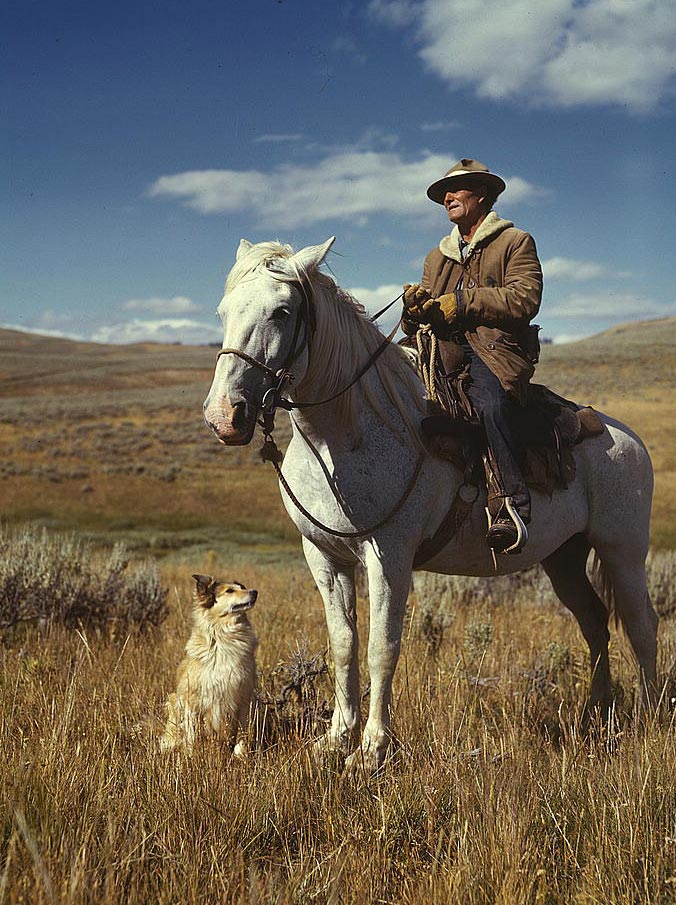The American Old West, or the Wild West, comprises the history, geography, people, folklore, and cultural expression of life on the American frontier and in the Western United States, most often referring to the latter half of the 19th century, between the California Gold Rush of 1849 and the end of the century. After the 18th century and the push beyond the Appalachian Mountains, the term is generally applied to anywhere west of the Mississippi River in earlier periods and westward from the frontier strip toward the later part of the 19th century. Thus, the Midwest and American South, though no longer considered "western" have a frontier heritage along with the modern western states
As defined by Hine and Faragher, "frontier history tells the story of the creation and defense of communities, the use of the land, the development of markets, and the formation of states." They explain, "It is a tale of conquest, but also one of survival, persistence, and the merging of peoples and cultures that gave birth and continuing life to America."[2]Through treaties with foreign nations and native peoples, political compromise, technological innovation, military conquest, establishment of law and order, and the great migrations of foreigners, the United States expanded from coast to coast (Atlantic Ocean to Pacific Ocean), fulfilling advocates' belief in Manifest Destiny. In securing and managing the West, the U.S. federal government greatly expanded its powers, as the nation evolved from an agrarian society to an industrialized nation. First promoting settlement and exploitation of the land, by the end of the 19th century the federal government assumed stewardship of the remaining open spaces. As the American Old West passed into history, the myths of the West took firm hold in the imagination of Americans and foreigners alike.
